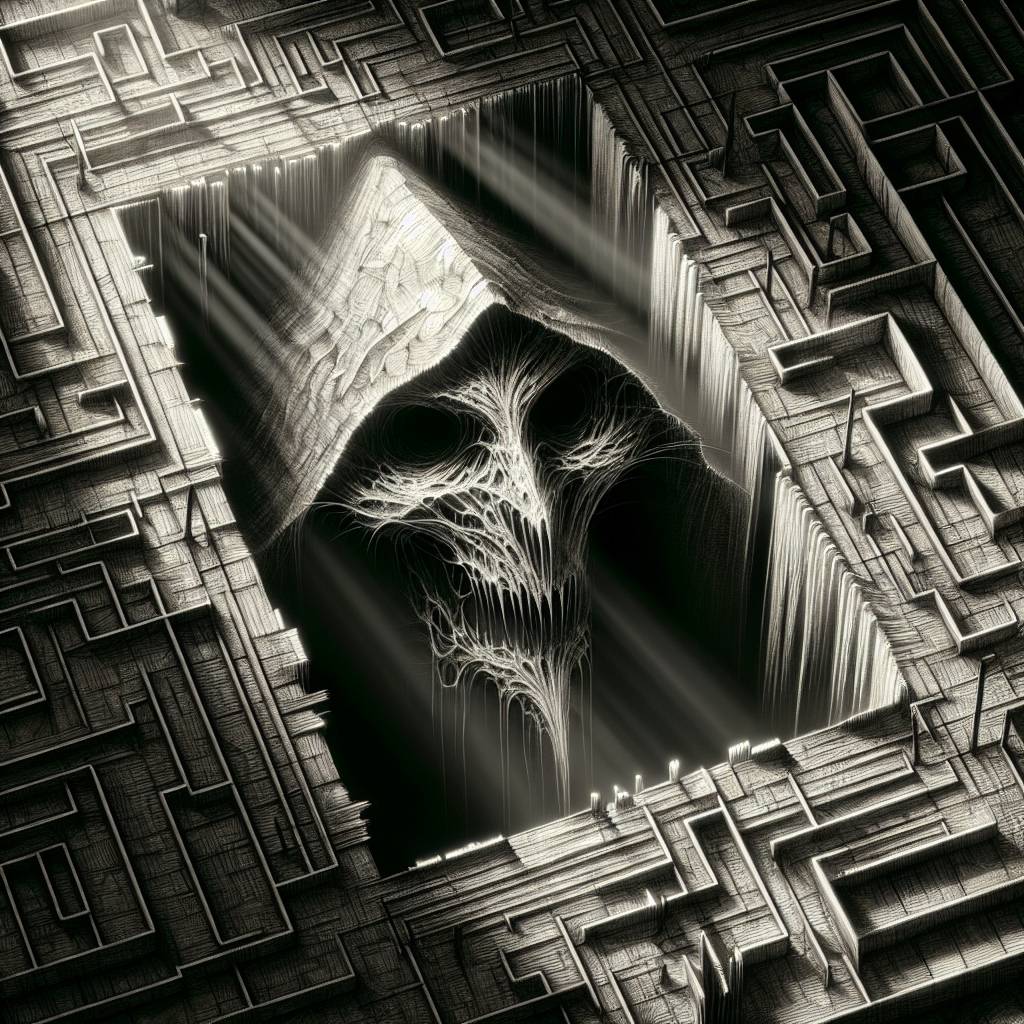RAT Alert: Sneaky Malware Plays Hide-and-Seek in Windows Systems
A newly discovered remote access Trojan is wreaking havoc by hiding within legitimate Windows processes. Security researchers faced a 33 GB headache to extract it from the shadows. This advanced RAT uses corrupted headers and custom encryption, proving once again that malware authors are the ultimate hide-and-seek champions.

Hot Take:
Looks like this sneaky RAT was living its best life, hanging out undetected in the shadows of dllhost.exe! Who knew a Trojan could be so committed to its stealth game? Fortinet’s team deserves a round of applause for wrestling this digital Houdini out of its safe haven – all while dealing with corrupted headers that could make even the most seasoned techie cry. Fortinet now earns the title of “Digital Exorcist” for their efforts in banishing this ghost in the machine!
Key Points:
- Fortinet’s FortiGuard Incident Response Team discovered a stealthy RAT operating within a legitimate Windows process.
- The malware used corrupted headers to evade traditional detection and analysis methods.
- Investigators had to manually locate and correct over 250 Windows APIs for malware execution.
- It employed advanced encryption techniques for its command-and-control communications.
- The RAT boasted features like screenshot capture, remote server mode, and service control.
